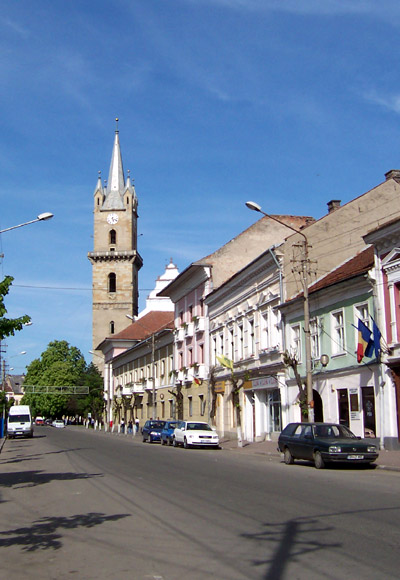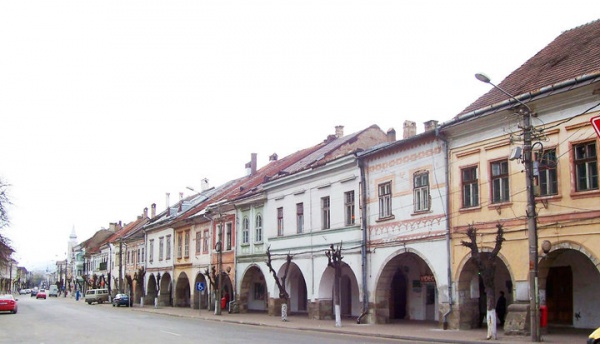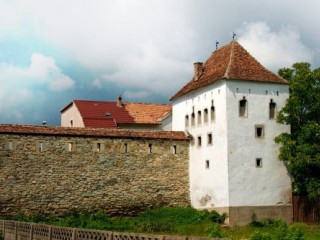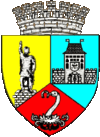Situated in the northern part of Romania, Bistriţa is a town with a fascinating history and an impressive development. Throughout the centuries the town has preserved the characteristics of an old German burg but at the same time tried to evolve and become a European town of the 21st century.

Located in Transylvania, the famous region of the legendary Dracula, the town exhibits old buildings as well as modern architecture. Some of the well-known sights are the Gothic (Lutheran or Evangelical) Church, the Sugalete complex, the Coopers’ Tower and the Silversmith’s House.
The Lutheran church, which was built by the Transylvanian Saxons in the14th century, is the main attraction of Bistriţa's central square, its 75-meters (246 ft.) steeple overlooking the city. The construction was started in 1470 and lasted almost 100 years (until 1564). Originally, the church was constructed in the Gothic style but later remodeled between 1559–1563 by Petrus Italus with Renaissance features. It was renovated in 1998 but on June 11, 2008, the tower and roof of the church caught fire. The main part of the church suffered just a little damage but both bells residing in the tower (one dating from the 15th century, the other from the 17th) had to be replaced.
The Sugalete complex, the Coopers’ Tower and the Silversmith’s House are also main sights in Bistriţa, dating from the 16th-17th centuries. Sugalete, a group of 16th- century buildings with bolted galleries along with the others stands as a testimony of the medieval fortress.

Interested in the town’s ancient history? The Bistriţa-Năsăud County Museum, located in a former barracks, contains Thracian, Celtic, and German artifacts. Or interested in arts? You can visit the Art Galleries where local and national artists exhibit their works.
As far as the population is concerned, Bistrita counts approximatively 82,000 inhabitants, most of them being of Romanian origin but also Hungarian and German. Among the wide range of remarkable personalities who were born or lived in Bistrita and its surroundings one can mention Andrei Muresanu, a Romanian poet who is also the author of the national anthem, Liviu Rebreanu, one of the most well-known Romanian novelists or George Cosbuc, another important poet. Their memorial houses are visited by a significant number of tourists every year.

Another aspect worth mentioning would be the fact that in the recent years, our town has become an important centre that attracts more and more university students as the universities that have extensions here provide high-quality education. On the other hand, the highschools and middle schools in Bistrita are utterly sought after as they also offer a wide range of programmes and activities that prepare young students for their future development.
Last but not least, the surroundings of the town are of major importance. The breathtaking landscapes from the Rodnei Mountains, Colibita Lake or the Tihuta Pass with the famous Dracula Castle are not to be missed. The castle is also a main tourist attraction as the plot of the well-known Bram Stoker's novel Dracula is set here. The character Jonathan Harker visits Bistriţa and stays at the Golden Crown Hotel (Romanian: Coroana de Aur).
All in all, Bistrita is a town that has a lot to offer, ranging from historical buildings unique in Transylvania to aspects of modern life that provide clear evidence of the town’s development throughout the centuries.




